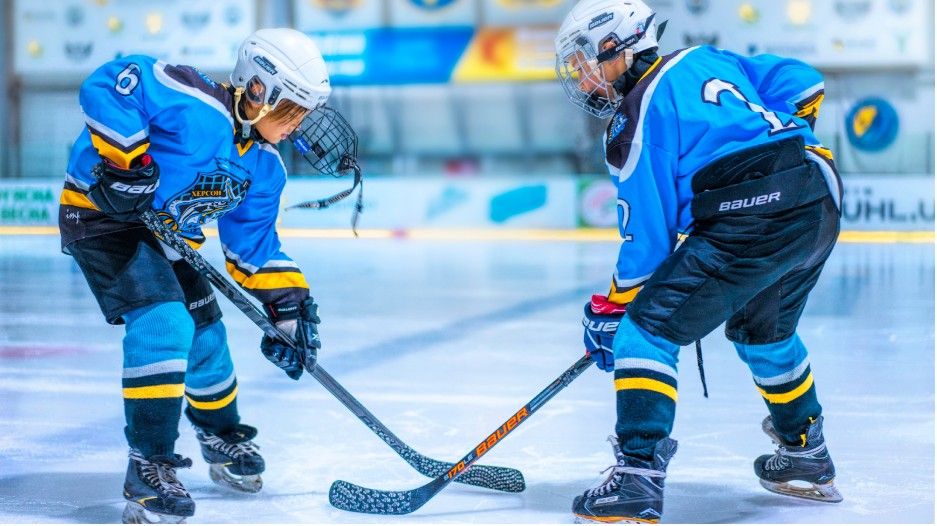If you’ve ever sat down to watch a hockey game and found yourself wondering why it feels like you’ve been there forever, you’re not alone. Hockey games are fast-paced, packed with excitement, and, let’s face it, a little unpredictable. I remember my first live game at the Staples Center—it felt like the clock was always ticking faster than I could keep up. Between the heart-pounding plays, the crowd’s energy, and the constant motion on the ice, it was easy to lose track of time. But just how long does a typical hockey game last? The answer is a bit more complicated than you might think. Whether you’re a die-hard fan or a casual viewer, understanding the flow of a hockey game is key to fully enjoying the experience. In this post, I’ll break down the real length of a hockey game, from regulation time to overtime, stoppages, and everything in between. So, grab your favorite beverage and settle in—let’s answer that burning question: How long is a hockey game?
What is the Standard Length of a Hockey Game?
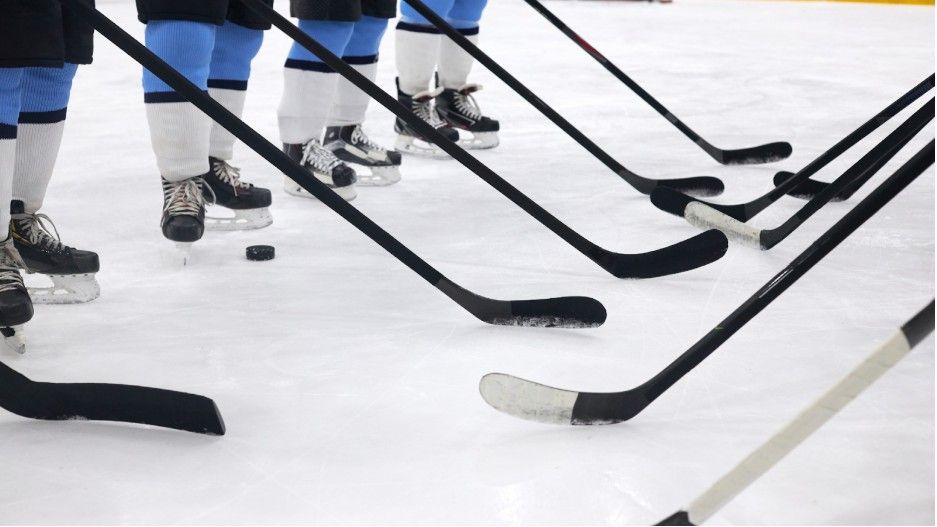
A standard professional ice hockey game, such as those in the NHL, is made up of three 20-minute periods.
So, right off the bat, you’re looking at a total of 60 minutes of regulation time. Sounds pretty straightforward, right? Well, that’s just the beginning.
While the play clock is ticking away, the actual duration of the game is significantly longer.
In reality, an NHL game can last between 2.5 to 3 hours due to several factors that stretch the action beyond those 60 minutes of playtime.
If you’re new to hockey, this might come as a surprise, but once you understand the various elements involved, you’ll see why it takes a bit longer to get through the full game.
What Happens During the Intermissions?
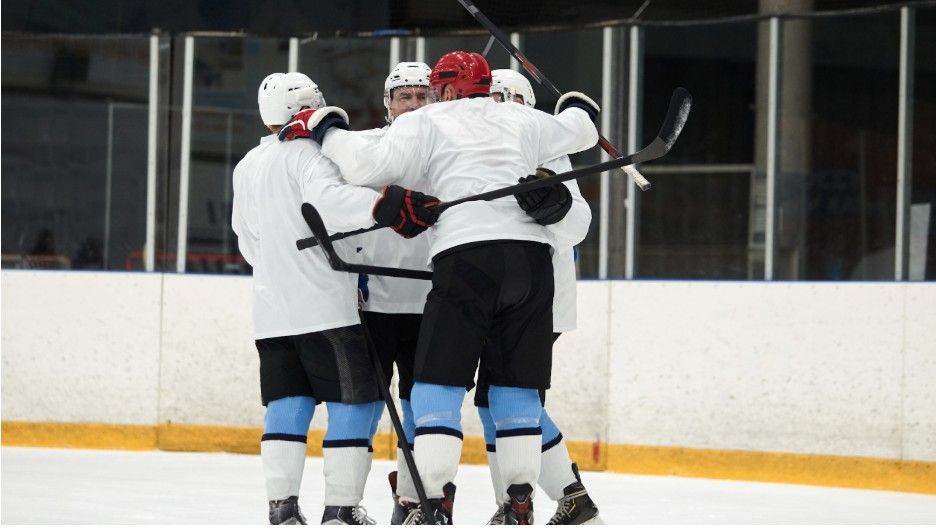
Once those three periods are up, don’t expect to head straight to the parking lot. Hockey games have intermissions in between periods, which serve several purposes: players get a much-needed rest, coaches strategize, and of course, the ice gets resurfaced.
In the NHL, intermissions last between 15 and 18 minutes. The length is designed to allow enough time for the Zamboni to do its magic on the rink, and also for the players to recover and regroup.
So, while you’re catching your breath after the thrilling action, the game is still ticking along in the background, even if it’s a brief break for the players. These intermissions can add anywhere from 30 to 36 minutes to the total game duration.
How Do Stoppages Affect the Game’s Duration?
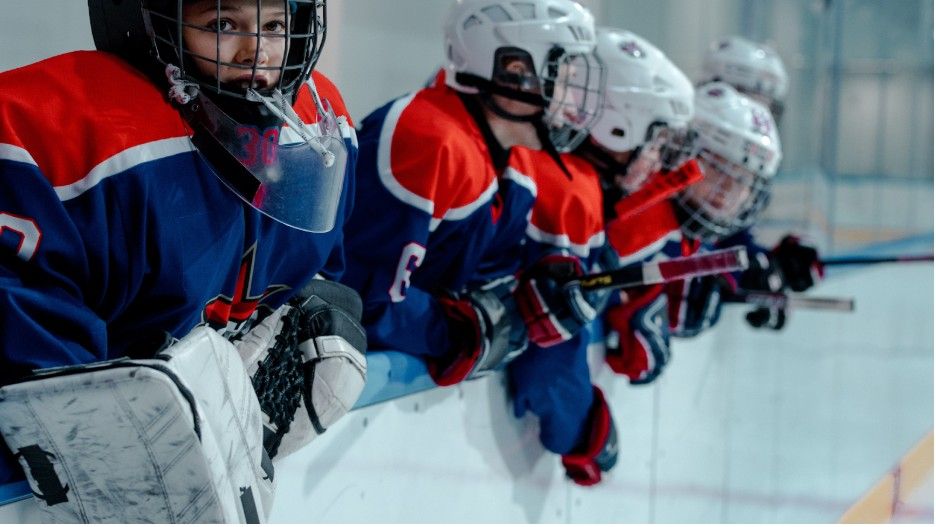
If you’ve watched a hockey game, you know the flow can be interrupted for several reasons.
Penalties, goals, pucks going out of play, injuries, offsides, icing, and even television timeouts (if you’re watching a televised game) all cause the clock to stop.
Stoppage time can make a noticeable difference in how long a hockey game lasts. It’s not just about the clock pausing—these stoppages can pile up, depending on the number of penalties or the number of goals scored.
For example, if a game has a few penalties or an injury timeout, that’s going to add extra minutes to the clock.
It’s a bit like the “unseen time” that doesn’t get reflected in the regulation play but still impacts the overall game experience. While the clock may stop for these events, the excitement keeps going.
Overtime and Shootouts: The Drama Continues
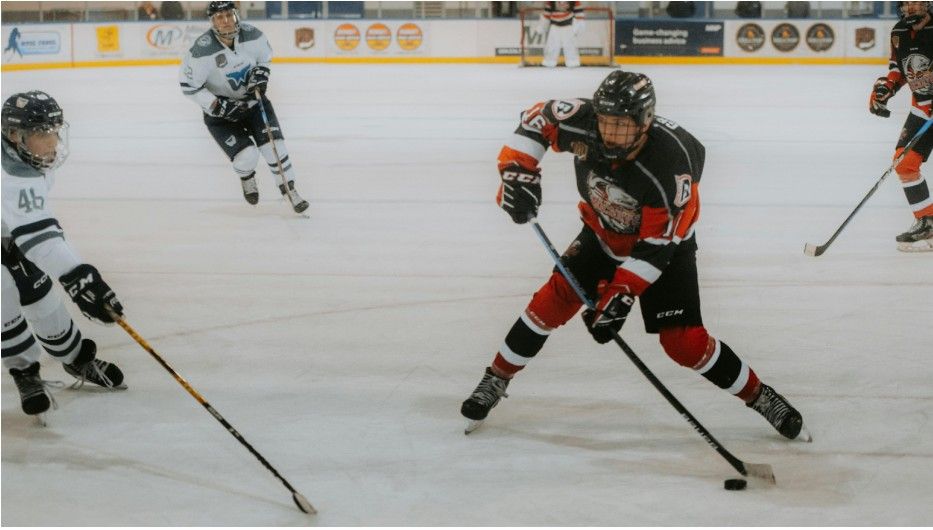
Here’s where things get even more interesting. If the game is tied at the end of the third period, the action isn’t over yet.
Overtime kicks in, and this is where the game can stretch even further. The NHL has its own rules for overtime, and trust me, it’s an exciting addition.
In the regular season, if the score is tied after 60 minutes of play, the game heads into a 5-minute overtime.
During overtime, each team plays with only three skaters on the ice (3-on-3), making for an intense, fast-paced, and often high-scoring period.
If no one scores during this overtime, then it’s time for a shootout—a sudden-death format where players take turns trying to score against the opposing goalie.
Shootouts can go on for a while, depending on how long it takes for a team to score and end the game.
If you’re watching during the NHL playoffs, overtime is a whole different ballgame. Overtime periods last 20 minutes, with teams playing 5-on-5, and they continue until one team scores. No shootouts in the playoffs—just pure, unrelenting action until the game’s decided.
How Do Hockey Games Compare to Other Sports?
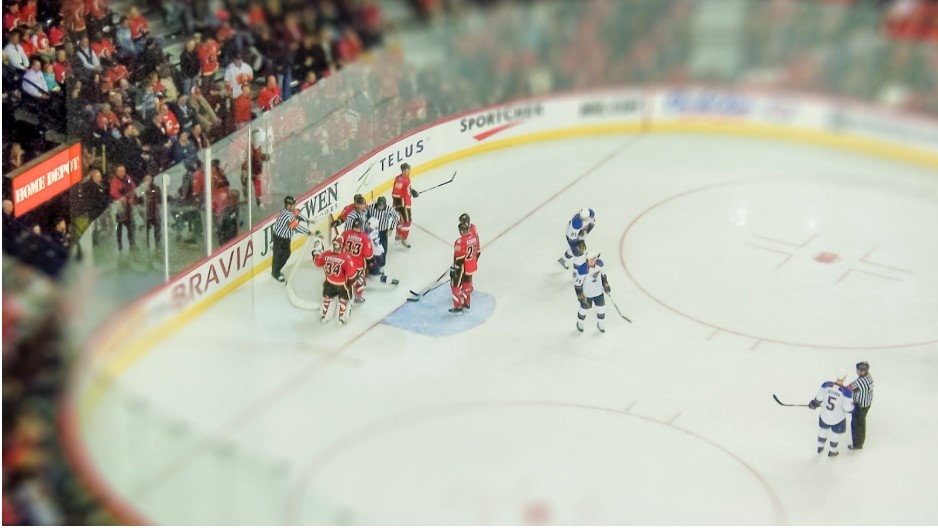
Now that we’ve broken down the mechanics of a hockey game, you might be wondering how it stacks up against other sports in terms of length.
A typical basketball game lasts around 2 to 2.5 hours, while a football game is often around 3 hours due to longer stoppages and timeouts.
Hockey’s quick pace and short bursts of action make it feel faster, but in terms of total game duration, it’s pretty much in the same range as other major sports.
FAQ: Answering Your Hockey Game Questions
1. How long are the periods in a hockey game?
Each period in a professional hockey game lasts 20 minutes. There are three periods in total, giving you 60 minutes of regulation play. However, the game often lasts longer due to stoppages, intermissions, and potential overtime.
2. How long is the break between periods in hockey?
The break between each of the three periods in a hockey game is 15 to 18 minutes. This time is used for rest, strategy, and ice resurfacing, allowing players to recharge for the next period.
3. How long is overtime in a hockey game?
In the NHL regular season, overtime lasts 5 minutes and is played with three skaters per side (3-on-3). If the game remains tied after overtime, a shootout determines the winner. In the playoffs, overtime periods last 20 minutes (5-on-5) and continue until a team scores.
4. Can a hockey game go over 3 hours?
Yes, it’s possible for a hockey game to stretch beyond 3 hours, especially during the playoffs with long overtime periods. Regulation play is 60 minutes, but with intermissions, stoppages, and potential overtime, a game can last between 2.5 to 3 hours, or more in certain situations.
The Final Buzzer: Time to Wrap It Up
So, next time you’re gearing up to watch a game, now you’ll have a solid understanding of just how long a hockey game lasts.
It’s a blend of fast action, strategic intermissions, and nail-biting overtime moments. Whether you’re at the rink or watching from your couch, the game is designed to keep you on the edge of your seat for hours, and that’s what makes hockey so thrilling.
As for me? I’ll be sitting at home, eagerly watching the clock tick down, hoping for some overtime drama.
Because let’s be real—who doesn’t love a little extra time when it means more hockey?


